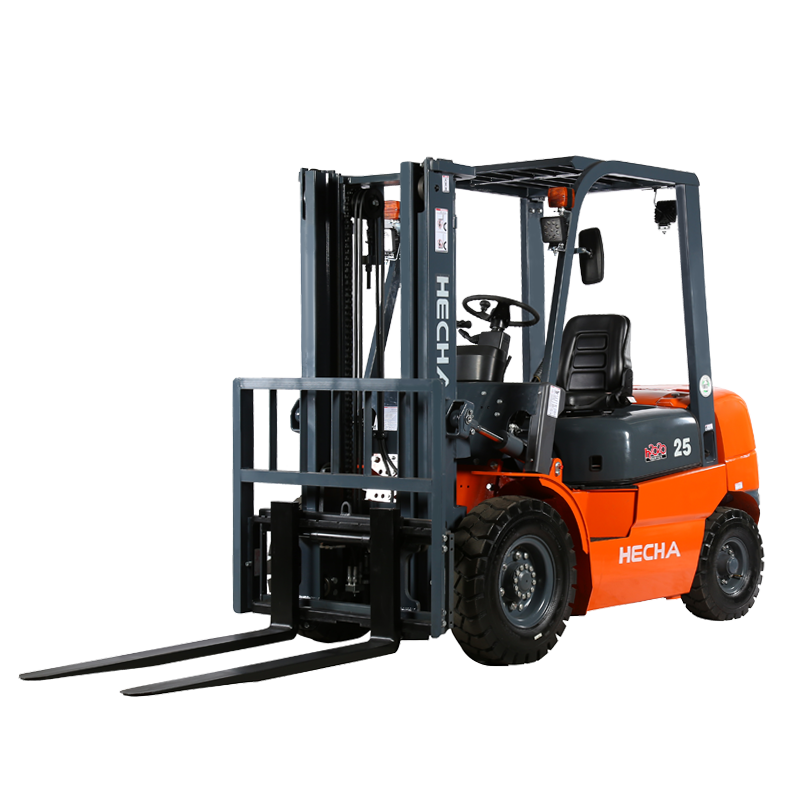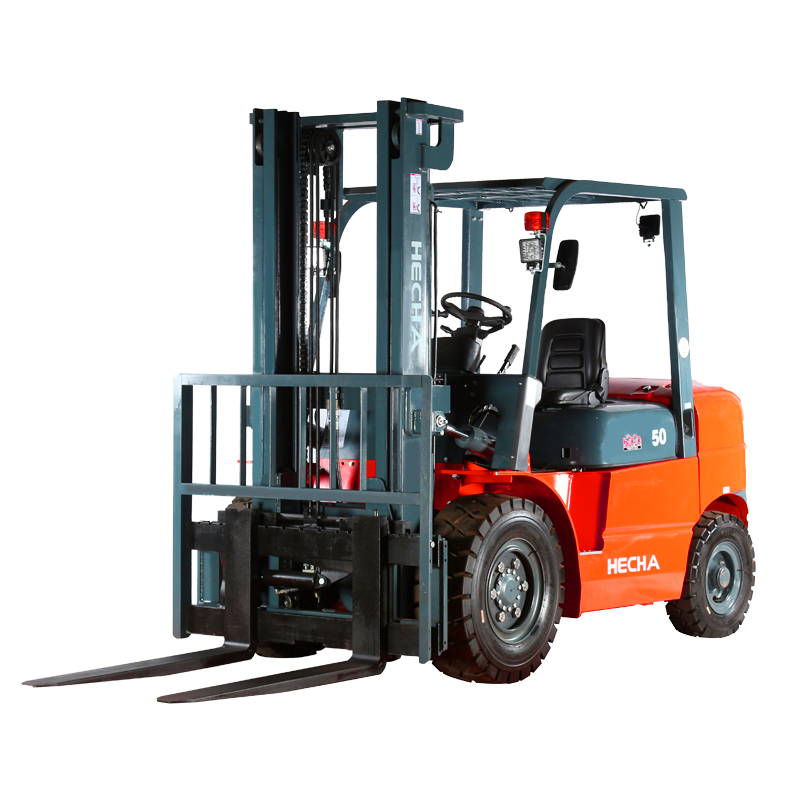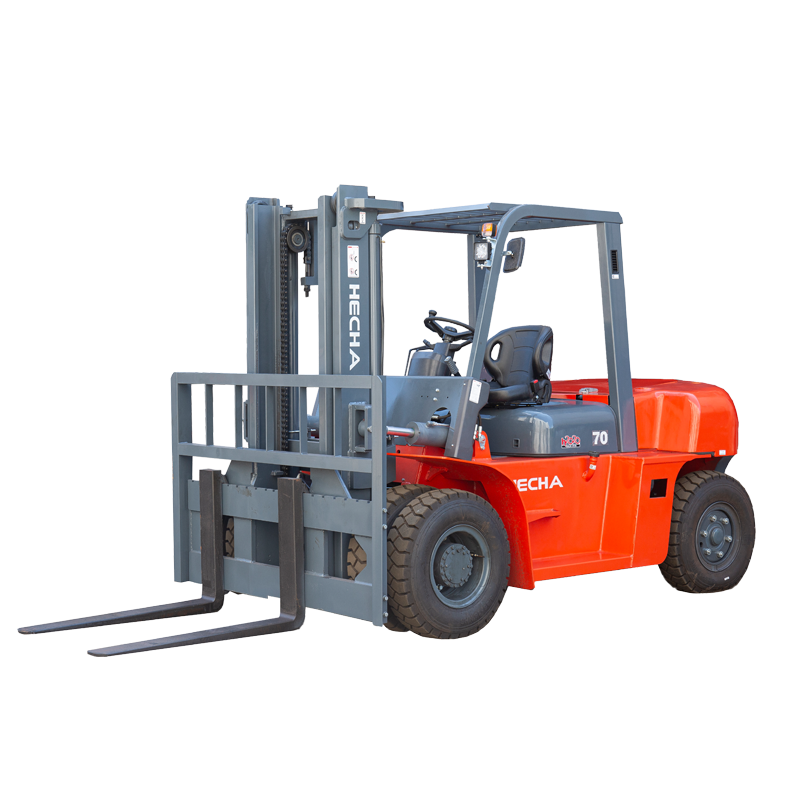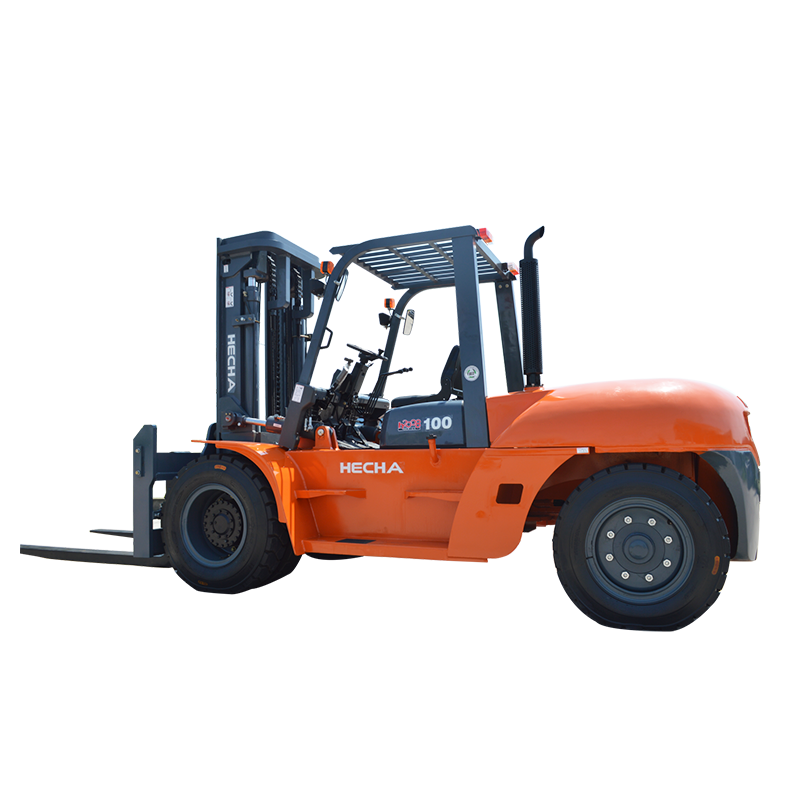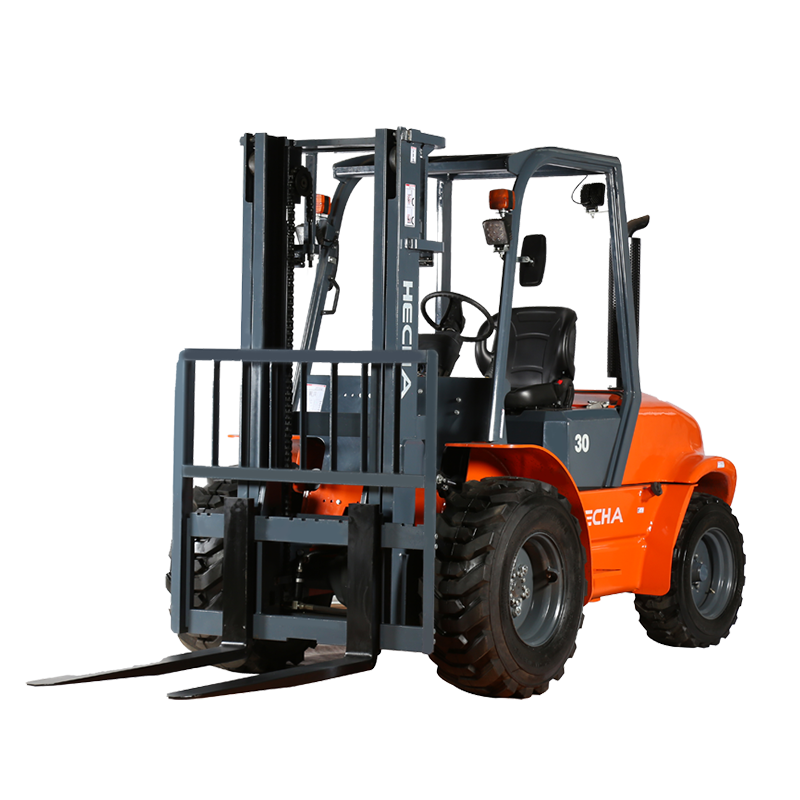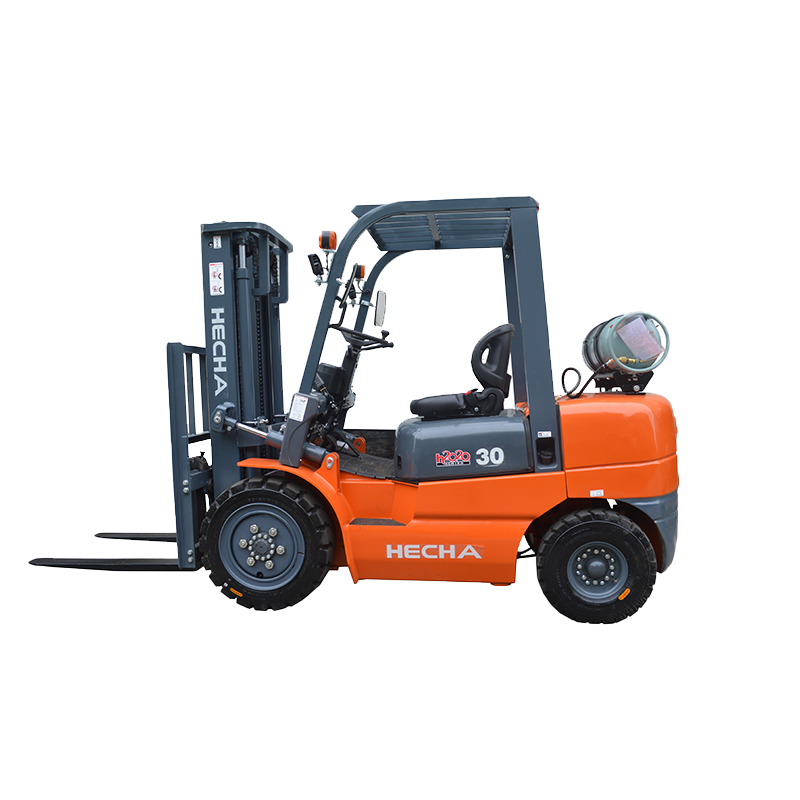The landscape of material handling is undergoing a significant transformation, driven by a global push for sustainability, operational efficiency, and improved workplace conditions. Within this evolving sector, the adoption of all-electric pallet stackers has become a prominent trend. These machines represent a fundamental shift from traditional modes of operation, offering a compelling alternative for businesses looking to modernize their warehouses, factories, and distribution centers.
An all-electric pallet stacker is a type of material handling equipment designed for the vertical lifting and horizontal transportation of palletized loads. Unlike their internal combustion (IC) engine counterparts or even manual hydraulic stackers, these units are powered entirely by rechargeable battery systems. This core characteristic defines their operation, performance, and overall impact. The fundamental components of an all-electric pallet stacker include an electric motor for drive and lift functions, a robust battery pack—typically lead-acid or lithium-ion—an onboard charger, a control handle for operation, and a lifting mechanism with forks.
The operation of an all-electric pallet stacker is generally intuitive. The operator uses the control handle to maneuver the machine, which is often equipped with a twist-grip for travel speed and buttons for lifting and lowering the forks. The ergonomic design of the control handle is a critical feature, significantly reducing operator fatigue and enhancing precision during load handling. Power is drawn from the battery to drive the wheels and power the hydraulic pump for lifting, ensuring smooth and consistent performance without the need for manual pumping or the emissions of a fuel engine.
The Core Advantages of Electrification
The decision to integrate all-electric pallet stackers into a operation is often driven by a combination of economic, environmental, and ergonomic factors. The advantages are multifaceted and contribute to both immediate and long-term gains.
From an environmental and health perspective, the benefits are clear and immediate. The most significant advantage is the elimination of harmful emissions, making them ideal for indoor use. Unlike IC engines, which produce carbon monoxide, nitrogen oxides, and particulate matter, all-electric pallet stackers operate with zero local emissions. This drastically improves indoor air quality, creating a safer and healthier work environment for employees by removing the risk of exposure to exhaust fumes. This also eliminates the need for costly ventilation systems that are often required to safely operate IC equipment indoors.
Operational cost savings present another powerful argument for their adoption. While the initial purchase price may be comparable to or slightly higher than an IC model, the total cost of ownership is frequently lower. Electricity is a far less expensive energy source than fossil fuels like gasoline, diesel, or propane. Furthermore, electric motors have fewer moving parts than internal combustion engines, which translates to reduced maintenance requirements. There are no oil changes, spark plug replacements, or air filter maintenance associated with an engine. This reduction in routine servicing and parts replacement leads to considerable savings in both time and money over the lifespan of the equipment.
Noise reduction is a frequently overlooked but highly valuable benefit. The quiet operation of an all-electric pallet stacker contributes to a more pleasant and less stressful work environment. This is particularly important in settings where communication is crucial for safety or in facilities that operate multiple shifts in noise-sensitive areas. The reduced noise pollution allows for better concentration and can even facilitate operations in retail environments or other spaces where loud machinery would be disruptive.
Performance and operator experience are also enhanced. Electric motors provide instant torque, resulting in smooth and responsive acceleration and lifting. The consistent power delivery of a battery ensures that performance does not degrade as the fuel tank empties, a common issue with IC-powered equipment. Operators can work with confidence knowing the machine will perform identically at the beginning and end of a shift. The simplicity of operation and the reduced physical exertion—no manual pumping or pulling—also make the equipment accessible to a wider range of operators, potentially reducing training time and strain-related injuries.
Key Considerations Before Implementation
Despite their numerous advantages, all-electric pallet stackers are not a universal solution. A thorough analysis of specific operational needs is essential to ensure a successful implementation. Several key factors must be carefully evaluated.
The first consideration is the duty cycle and application intensity. All-electric pallet stackers are exceptionally well-suited for light to medium-duty applications within indoor environments. This includes tasks like order picking, loading and unloading trucks, and transporting goods over short to medium distances within a warehouse. However, for operations requiring continuous, heavy-duty use across multiple shifts with very short downtime windows, the battery runtime and charging requirements must be meticulously planned. Understanding the daily hours of operation, average load weight, and travel distances is crucial for selecting a model with an appropriate battery capacity.
Battery technology and management form the core of the electric stacker’s functionality. There are primarily two types of batteries used: traditional lead-acid and advanced lithium-ion. Each has its own set of pros and cons. Lead-acid batteries have a lower upfront cost but require a longer charging time, regular watering, and dedicated space for a charging station. Lithium-ion batteries, on the other hand, represent a higher initial investment but offer faster charging times, opportunity charging (topping up the battery during breaks), no maintenance, and a longer overall lifespan. The choice between the two depends on the operational budget and workflow.
Table: Comparison of Battery Types for All-electric Pallet Stackers
| Feature | Lead-Acid Battery | Lithium-Ion Battery |
|---|---|---|
| Upfront Cost | Lower | Higher |
| Charging Time | 8-10 hours (standard charge) | 2-4 hours (fast charge) |
| Opportunity Charging | Not recommended; can damage battery | Yes, without negative impact |
| Maintenance | Requires regular watering and cleaning | Virtually maintenance-free |
| Lifespan | Shorter; fewer charge cycles | Longer; significantly more charge cycles |
| Weight | Heavier | Lighter |
| Space Needed | Requires separate charging area | Can often be charged on the machine |
Capacity and lift height are fundamental technical specifications that must align with operational requirements. The capacity of an all-electric pallet stacker refers to the maximum weight it can lift, commonly ranging from 2,000 to 4,500 pounds. It is critical to select a model that can handle the heaviest loads in the facility, not just the average. Similarly, the maximum lift height must be sufficient for the highest storage location or truck bed the operator will need to access. Selecting equipment with insufficient capacity or lift height can lead to safety hazards and operational bottlenecks.
The operational environment itself must also be assessed. While all-electric pallet stackers excel on smooth, indoor surfaces like concrete floors, their performance can be challenged by rough terrain, steep gradients, or outdoor applications. While some models are built with larger wheels and more robust motors to handle occasional outdoor use, they are primarily designed for indoor environments. For facilities that require frequent movement between indoor and outdoor settings, this factor requires careful consideration during the selection process.
The Future of Material Handling
The trajectory of material handling technology is moving decisively towards electrification and automation. All-electric pallet stackers are at the forefront of this shift, serving as a foundational technology for smarter, more connected warehouses. The integration of Internet of Things (IoT) sensors is becoming more common, allowing for real-time monitoring of equipment health, battery status, and usage patterns. This data can be leveraged for predictive maintenance, preventing unexpected downtime by scheduling service before a component fails.
Furthermore, the evolution of all-electric pallet stackers is closely linked to advancements in battery technology. As lithium-ion batteries become more affordable and new technologies emerge, the limitations of runtime and charging will continue to diminish. The integration of connectivity and data analytics is transforming the all-electric pallet stacker from a simple tool into a data node within a larger, optimized ecosystem. This trend towards connected equipment provides managers with unprecedented visibility into their material handling processes, enabling data-driven decisions that enhance productivity and efficiency.
The broader industry trends towards sustainability and green supply chains further solidify the position of electric equipment. With increasing regulatory pressures and a growing corporate focus on reducing carbon footprints, the zero-emission operation of all-electric pallet stackers makes them an attractive option for companies aiming to improve their environmental credentials. This alignment with global sustainability goals ensures that their relevance and adoption will only continue to grow in the coming years.
In conclusion, all-electric pallet stackers offer a powerful combination of environmental friendliness, operational economy, and enhanced performance. They are a strategic investment for businesses seeking to improve their indoor material handling operations. The decision to adopt this technology should be based on a careful analysis of duty cycle, battery requirements, and specific operational needs. While they may not be the perfect fit for every single application, particularly the most intensive outdoor roles, their benefits for warehouse and distribution environments are undeniable. As technology continues to advance, these machines will become even more efficient, connected, and integral to the modern, sustainable, and efficient warehouses of the future.

 English
English 中文简体
中文简体 русский
русский Français
Français Español
Español


